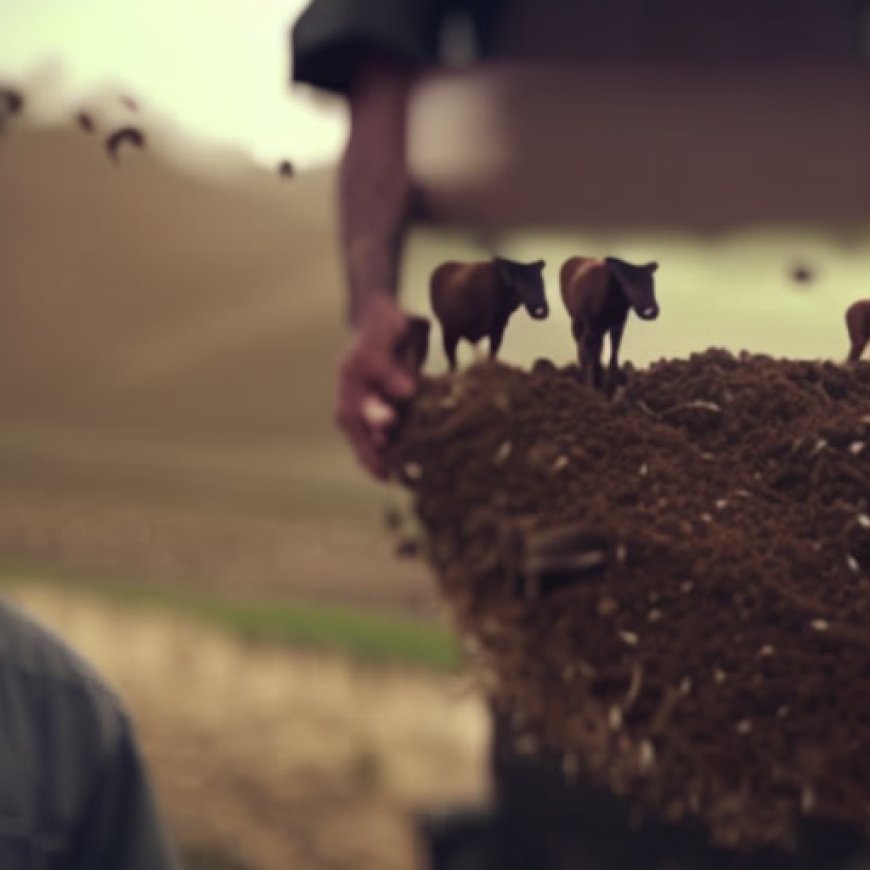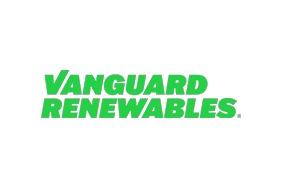How Dairy Farmers Are Turning Manure
CSRWire - How Dairy Farmers Are Turning Manure CSRwire.com


Published2 hours ago
Submitted byVanguard Renewables
Originally published by Smithsonian Magazine
By Rachael Moeller Gorman
Photographs by David Degner
The Barstow Family Farm: Turning Manure into Renewable Energy
The Connecticut River cuts between the Green Mountains of Vermont and the White Mountains of New Hampshire and rushes into the heart of Massachusetts, where Denise Barstow Manz stands in the wind, surveying the land her family has farmed for 217 years.
“We have some of the best soil in the entire world,” says Barstow Manz. “It’s called Hadley silt loam.” She explains how the rich Connecticut River flood plain that’s wedged between the river and the Mount Holyoke mountain range behind her nourished tobacco, asparagus, broom corn, and squash for her 1800s ancestors, and how it now grows hay and corn for the current farm’s 600 dairy cows.
Her dad, David Barstow, co-owns the farm with his brother, Steve Barstow, and his niece and nephew, Shannon and Steve II. David is “the director of special projects,” his daughter teases. “Anytime we are doing anything that is unusual, which is almost always, Dad is in charge.”
The Anaerobic Digester: A Business Decision with Environmental Benefits
In the early 2000s, when the price of milk plummeted and dairy farms everywhere were trying to find a way to diversify, the Barstows began thinking about how to stay alive. They decided to take full advantage of an underutilized commodity the cows produced in abundance and build something called an anaerobic digester—basically, a manure-fueled power plant.
It was a business decision that happened to have profound environmental consequences. Cows produce milk, but microorganisms in one of their four stomach compartments also produce methane. They belch methane out of their mouths, and when mountains of manure pile up in oxygen-free lagoons or pits, the microorganisms keep producing methane there, too.

Vanguard Renewables
Vanguard Renewables
Vanguard Renewables, based in Weston, Massachusetts, is a national leader in developing food and dairy waste-to-renewable energy projects. The Company owns and operates on-farm anaerobic digester facilities in the northeast and currently operates manure-only digesters in the south and west for Dominion Energy. The Company plans to expand to more than 150 anaerobic digestion facilities by 2026. Vanguard Renewables is committed to advancing decarbonization by reducing greenhouse gas emissions from farms and food waste and supporting regenerative agriculture on partner farms through anaerobic digestion. Vanguard Renewables is a portfolio company of BlackRock Real Assets. To learn more about the Company, its energy partners, and the Farm Powered Strategic Alliance, visit www.vanguardrenewables.com
More from Vanguard Renewables
![]()
SDGs, Targets, and Indicators
-
SDGs addressed or connected to the issues highlighted in the article:
- SDG 7: Affordable and Clean Energy
- SDG 13: Climate Action
- SDG 15: Life on Land
-
Specific targets under those SDGs based on the article’s content:
- SDG 7.2: Increase substantially the share of renewable energy in the global energy mix
- SDG 13.2: Integrate climate change measures into national policies, strategies, and planning
- SDG 15.3: By 2030, combat desertification, restore degraded land, and soil, including land affected by desertification, drought, and floods, and strive to achieve a land degradation-neutral world
-
Indicators mentioned or implied in the article:
- Percentage of renewable energy in the global energy mix
- Integration of climate change measures into national policies, strategies, and planning
- Extent of land degradation and restoration measures
Table: SDGs, Targets, and Indicators
| SDGs | Targets | Indicators |
|---|---|---|
| SDG 7: Affordable and Clean Energy | 7.2: Increase substantially the share of renewable energy in the global energy mix | Percentage of renewable energy in the global energy mix |
| SDG 13: Climate Action | 13.2: Integrate climate change measures into national policies, strategies, and planning | Integration of climate change measures into national policies, strategies, and planning |
| SDG 15: Life on Land | 15.3: By 2030, combat desertification, restore degraded land, and soil, including land affected by desertification, drought, and floods, and strive to achieve a land degradation-neutral world | Extent of land degradation and restoration measures |
Note: The article discusses how dairy farmers are using anaerobic digesters to convert manure into renewable energy, addressing SDG 7 (Affordable and Clean Energy) by increasing the share of renewable energy in the global energy mix. It also highlights the environmental benefits of this practice, contributing to SDG 13 (Climate Action) by integrating climate change measures into national policies. Additionally, the article mentions the importance of preserving land and combating degradation, aligning with SDG 15 (Life on Land) and its target to restore degraded land and achieve a land degradation-neutral world.
Behold! This splendid article springs forth from the wellspring of knowledge, shaped by a wondrous proprietary AI technology that delved into a vast ocean of data, illuminating the path towards the Sustainable Development Goals. Remember that all rights are reserved by SDG Investors LLC, empowering us to champion progress together.
Source: csrwire.com

Join us, as fellow seekers of change, on a transformative journey at https://sdgtalks.ai/welcome, where you can become a member and actively contribute to shaping a brighter future.







